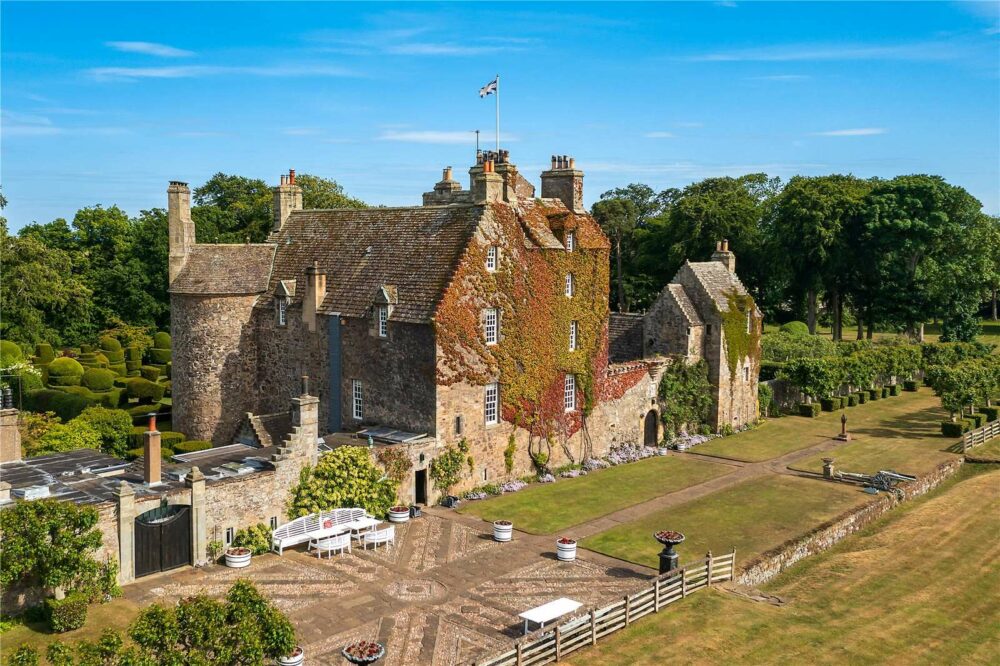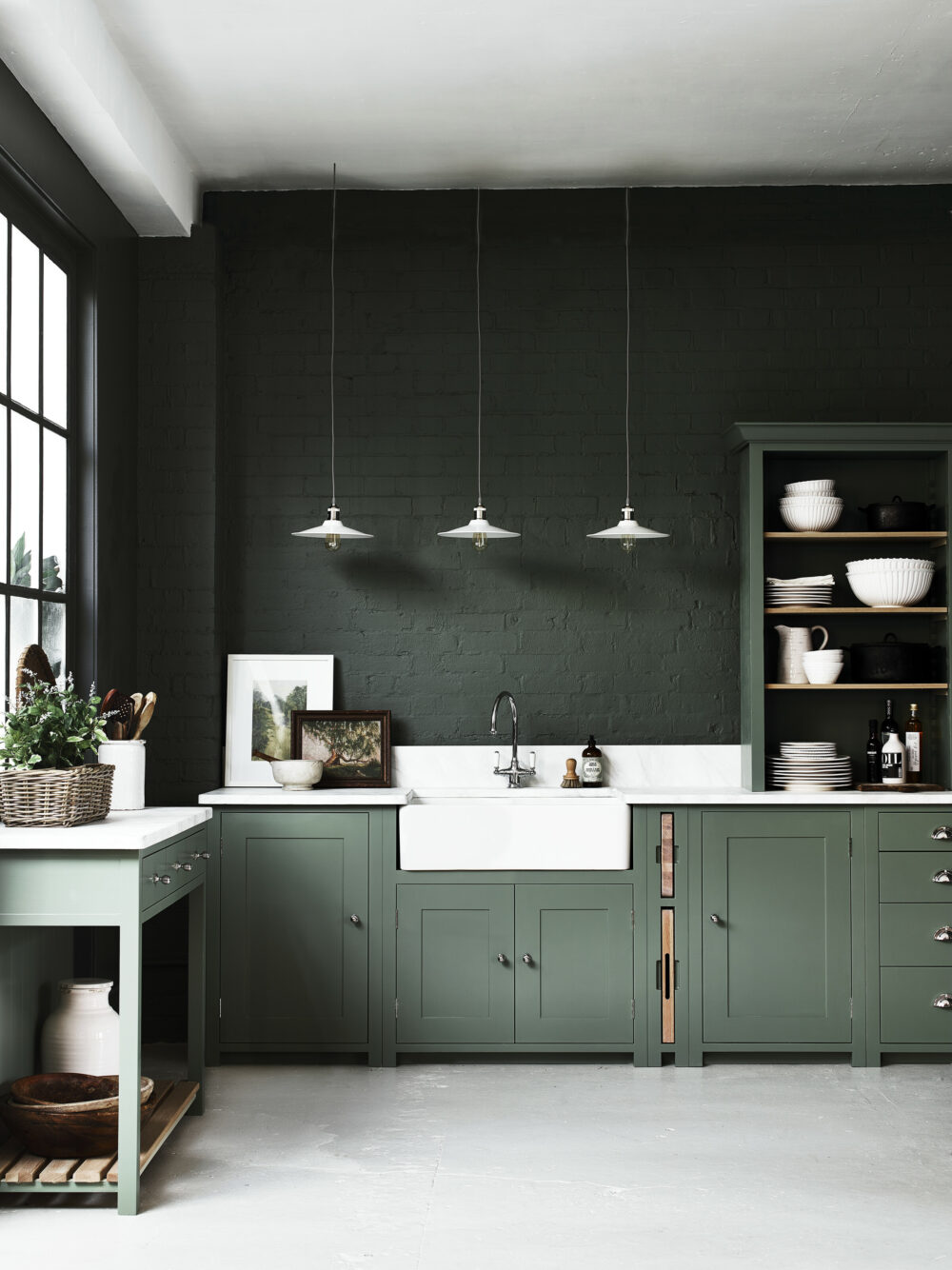We all have an idea of the perfect country home, complete with inglenook fireplace, wooden beams and roses growing round the door. In this enduring vision, although we might not know it, we’re heavily influenced by the late-19th-century movement known as Arts & Crafts.
The term evokes the essence of homeliness, but the movement was in fact a rebellion against the Industrial Revolution and mass production. It took shape when the Arts and Crafts Exhibition Society, founded in London in 1887 to revive the decorative arts, began to move into architecture, and it is now lauded worldwide as one of the great domestic design idioms.
“The Arts & Crafts movement is very varied,” says Frederick Gatfield, a heritage planner at Savills. “It’s not so much an architectural style as an approach to design.” It spans all manner of residences, from modest homes to generous mansions, imbued with a sense of history and handmade detailing.
Originally, the movement was driven by a strong moral philosophy, along with a sense of revivalism and a fear of loss. “Thinkers such as John Ruskin, designer William Morris and architect Philip Webb wanted to bring back guild-based crafts to improve lives,” says Gatfield. An urgency about historic conservation grew – in 1877, Morris founded the Society for the Protection of Ancient Buildings – to preserve traditional crafts and materials for their picturesque, as well as their instructive, qualities. That’s when Arts & Crafts really took off.









